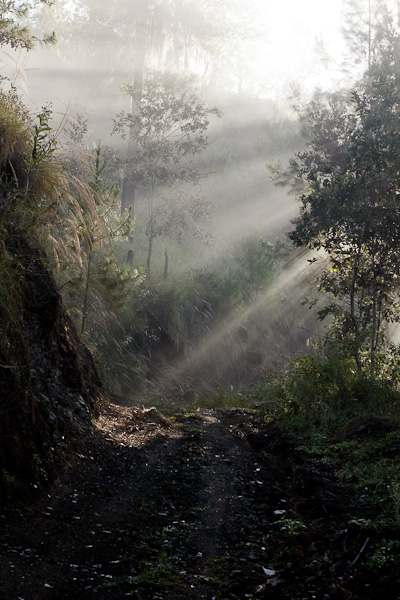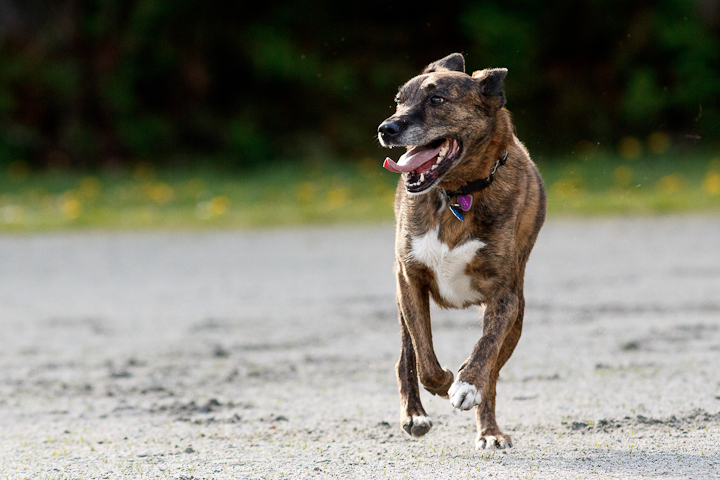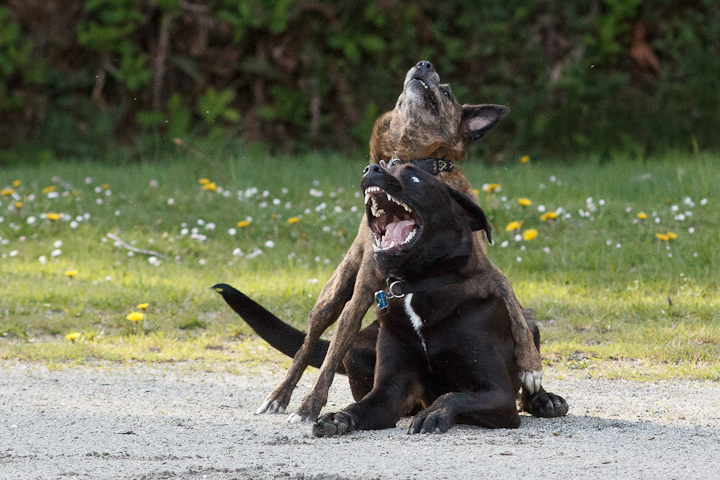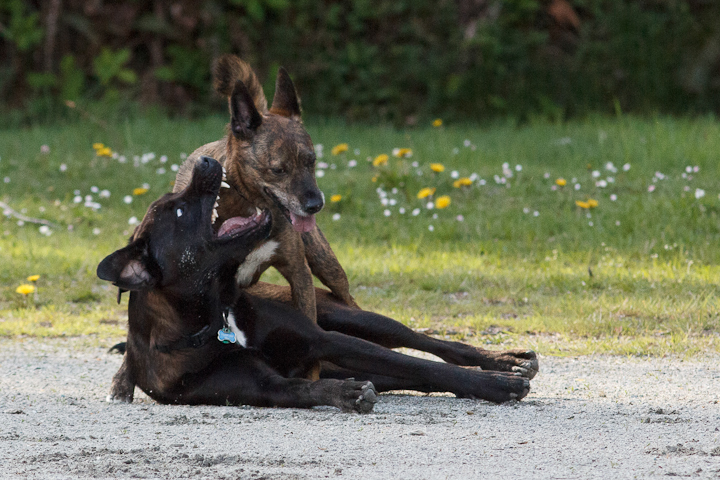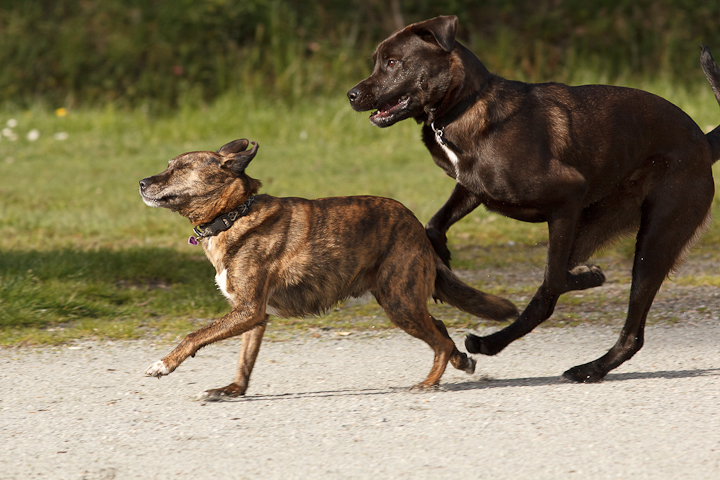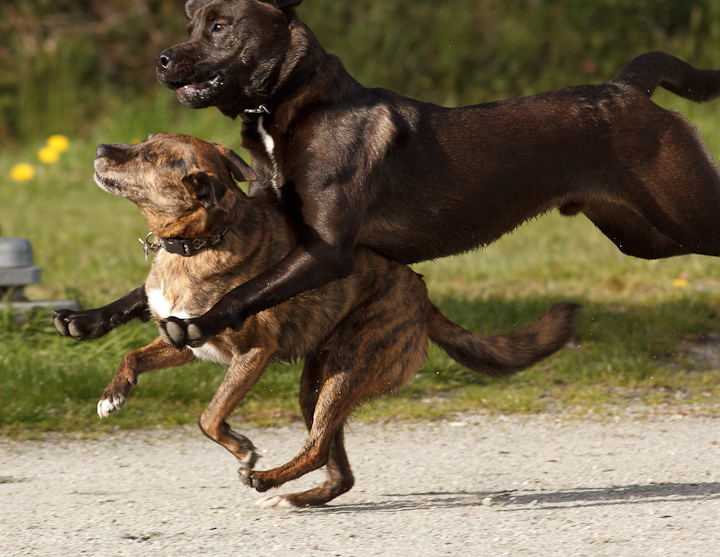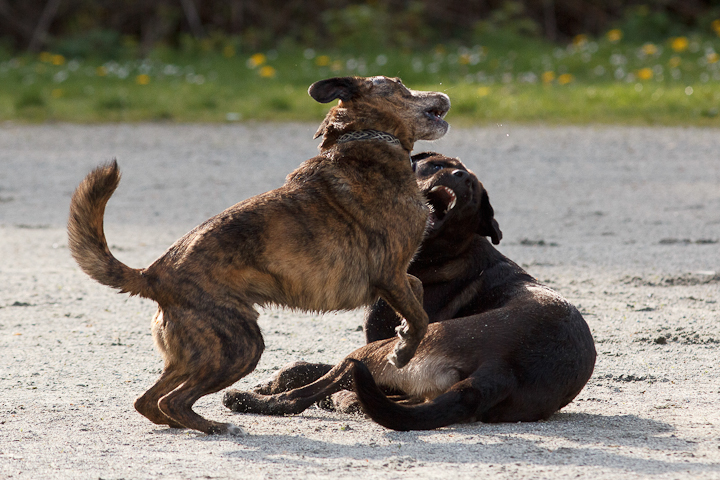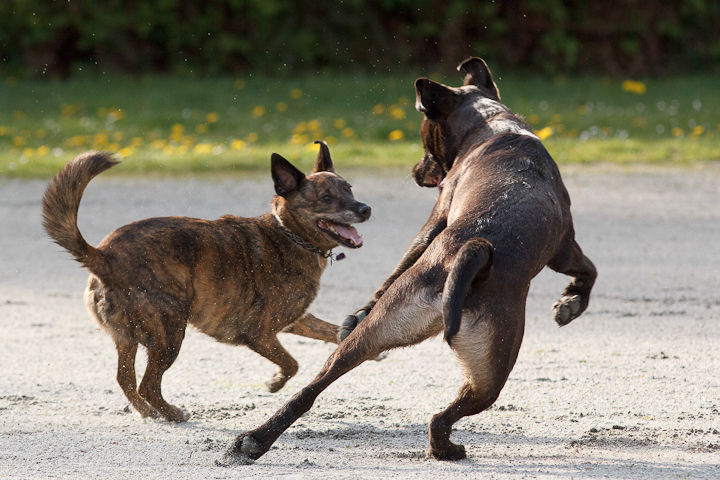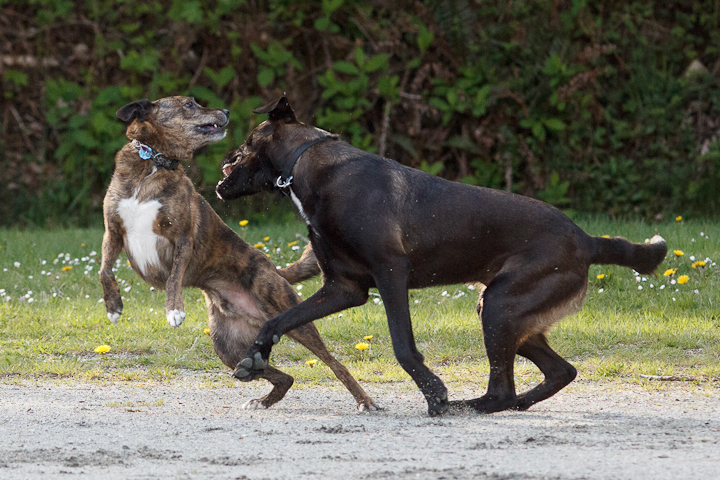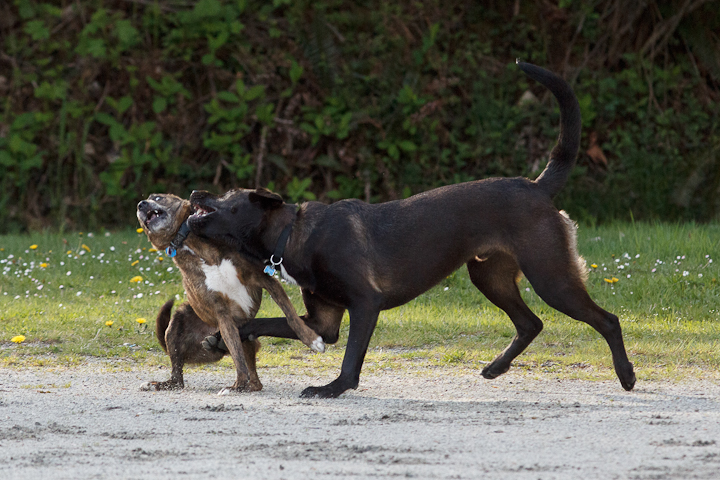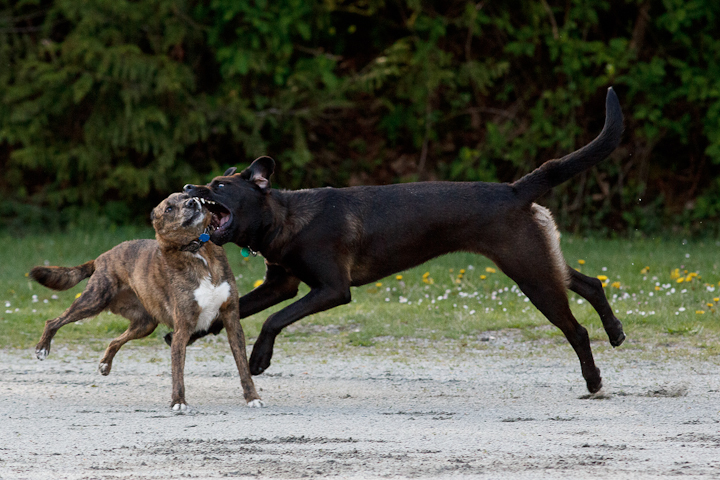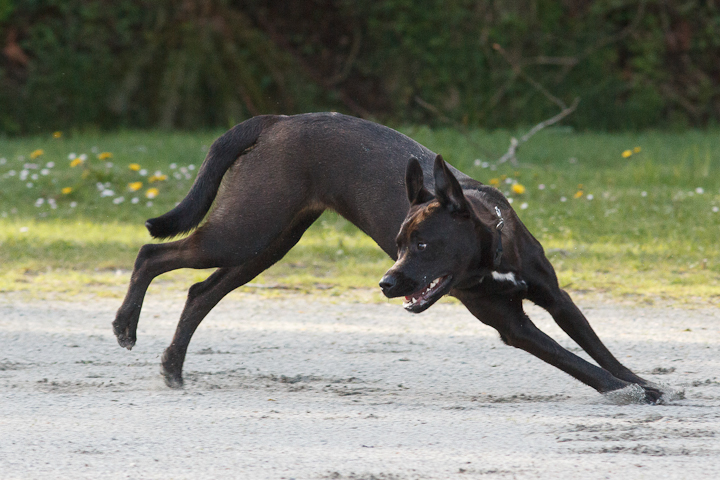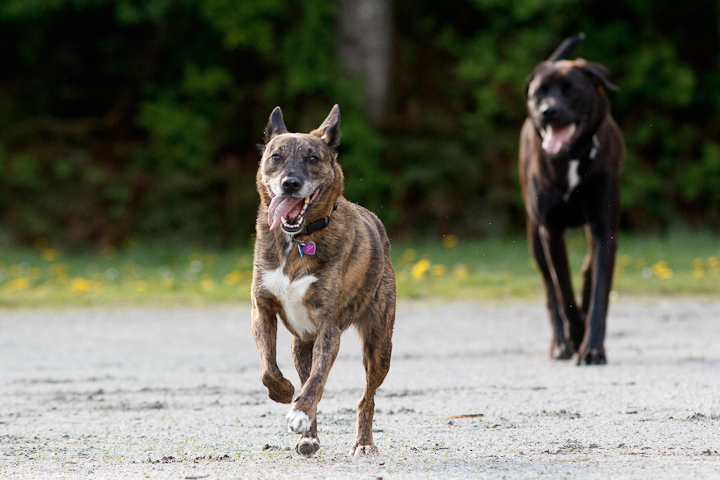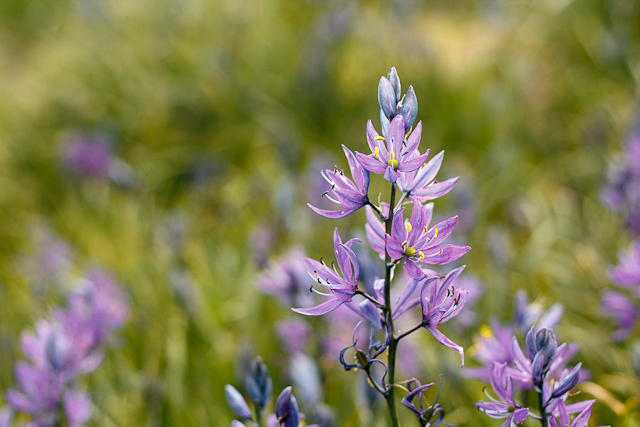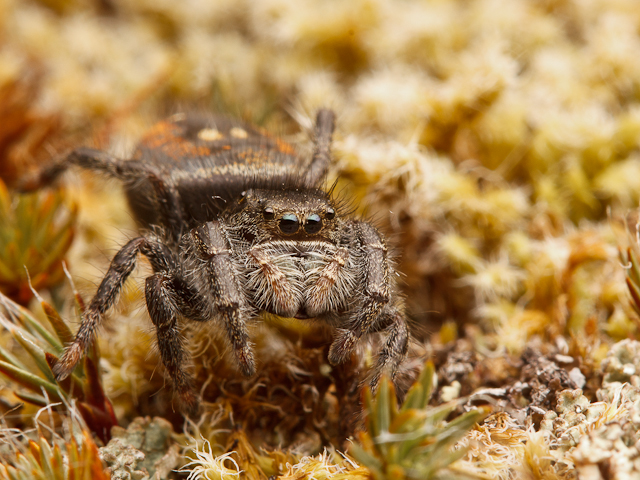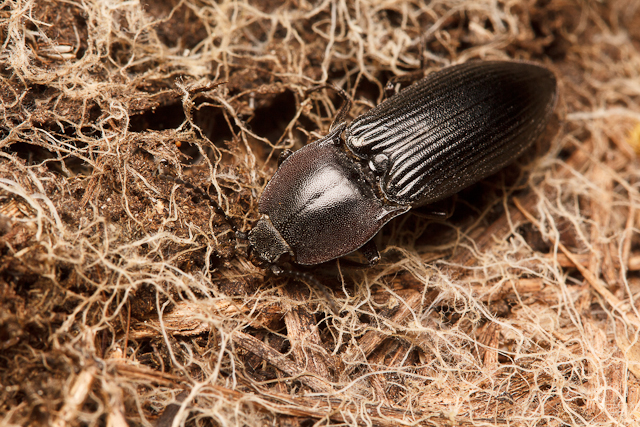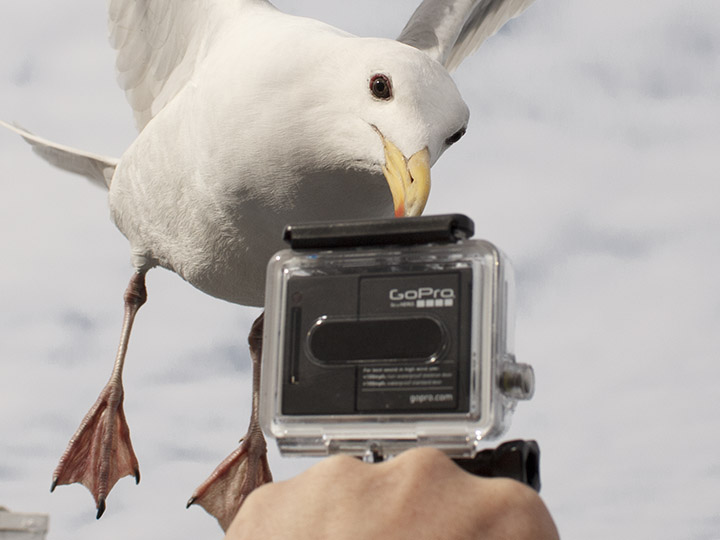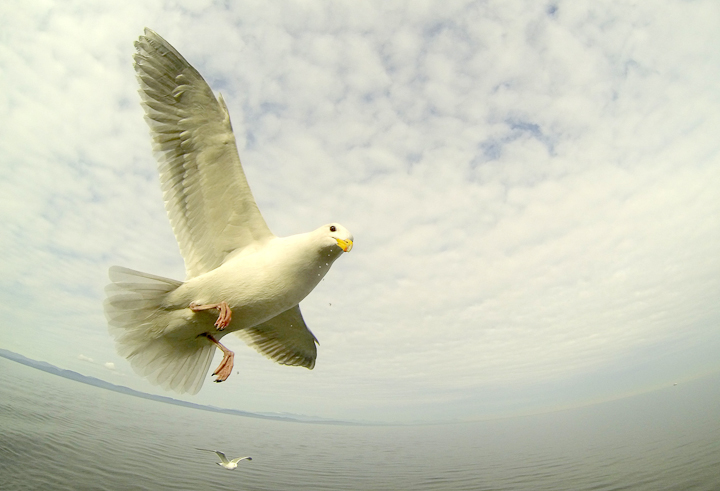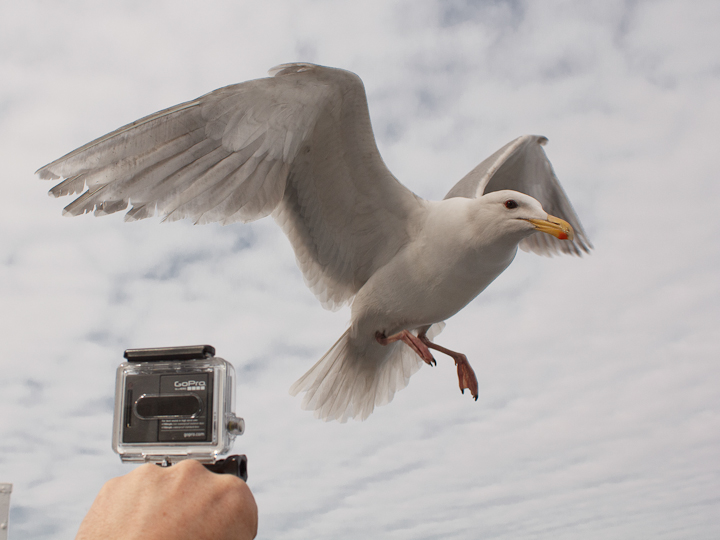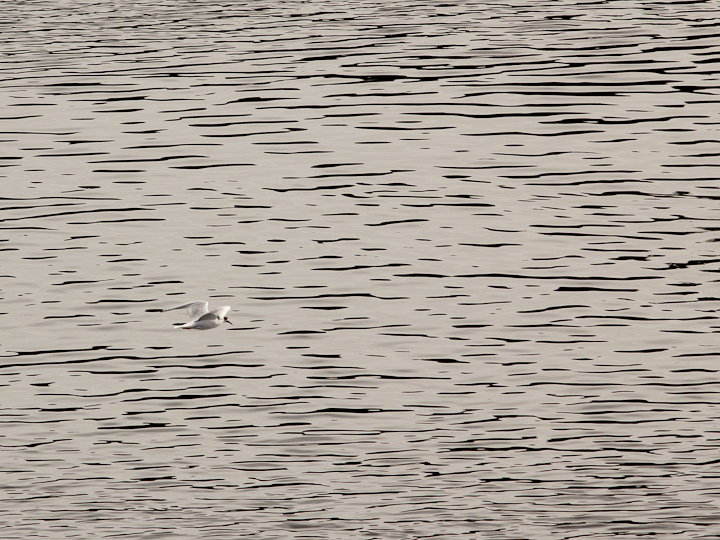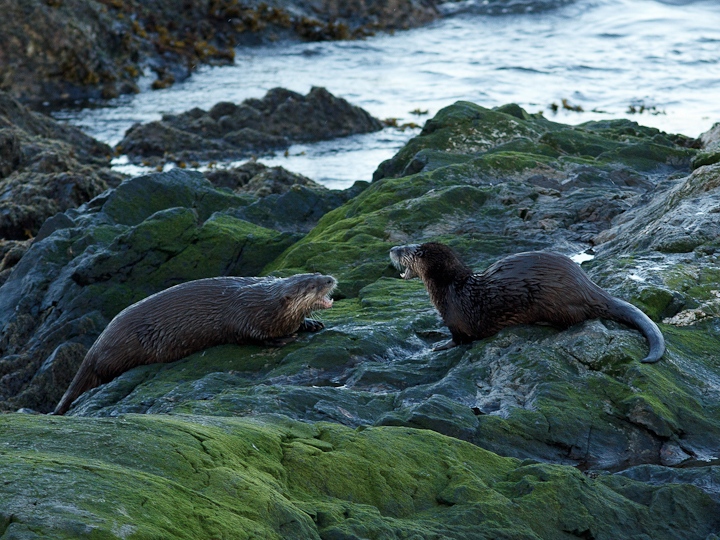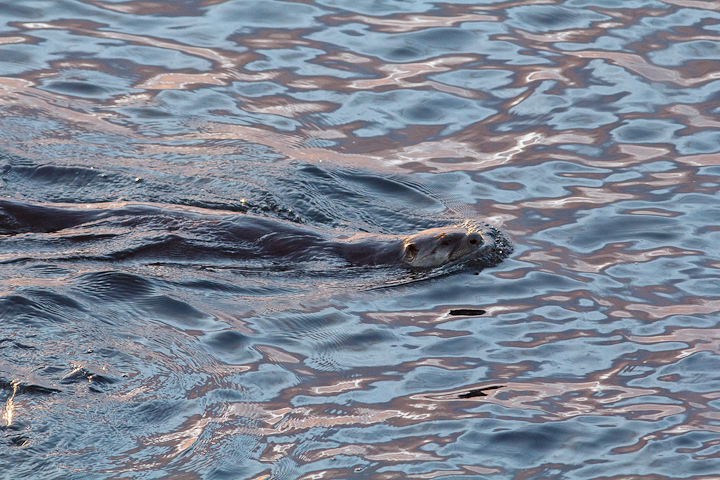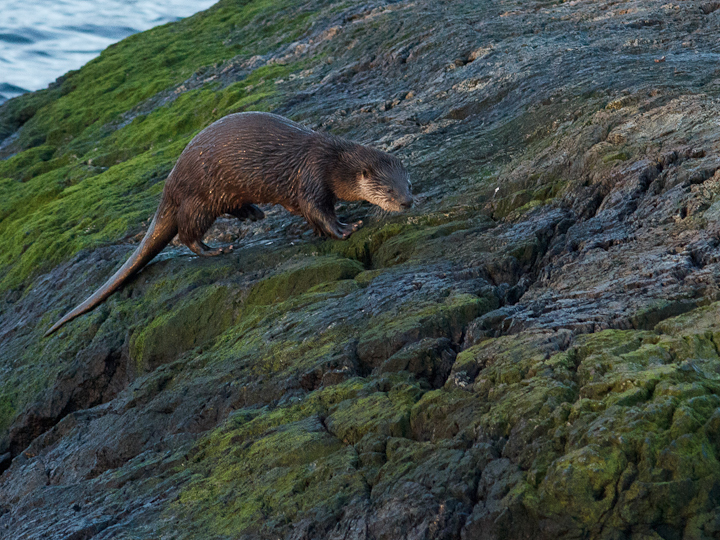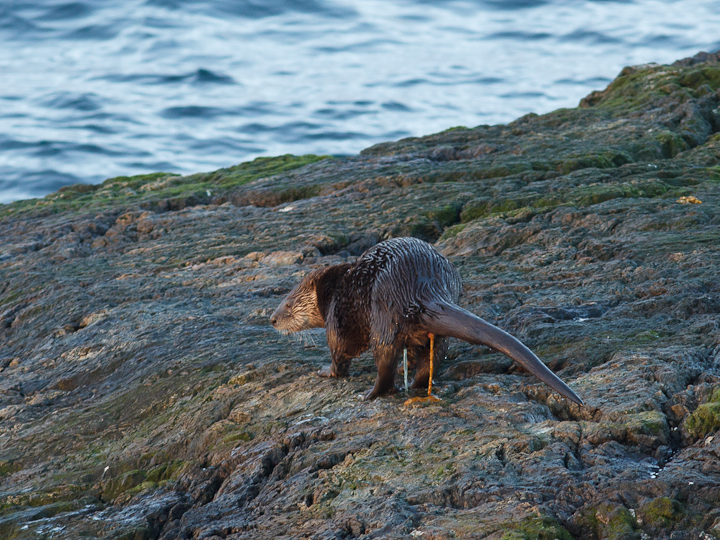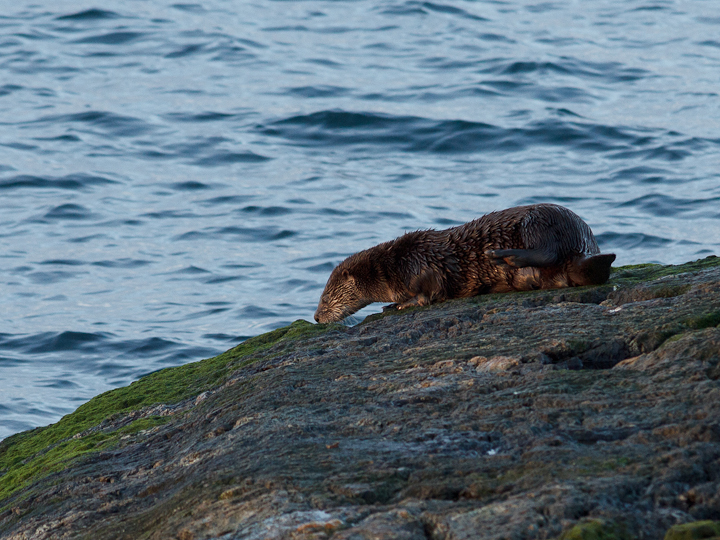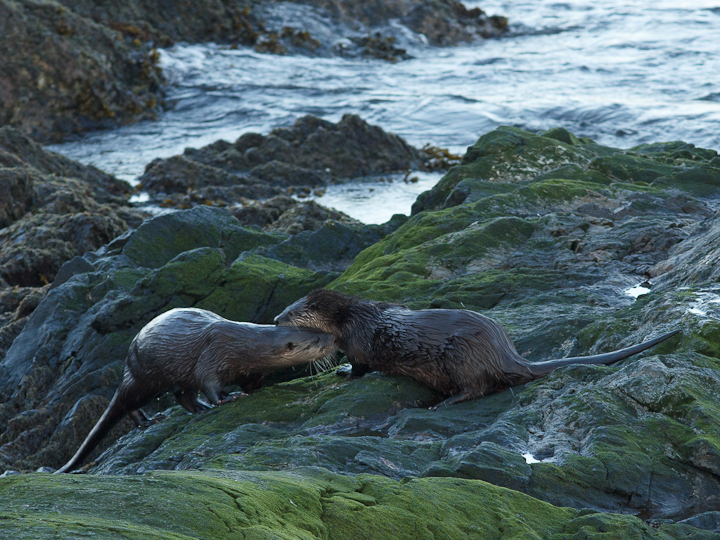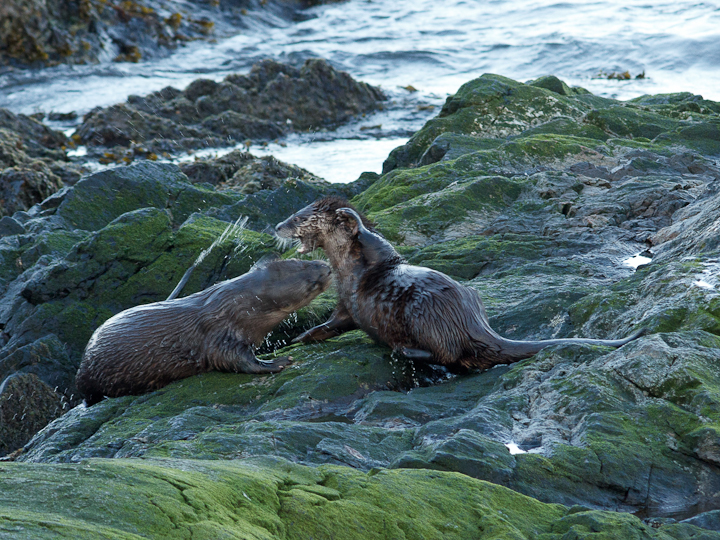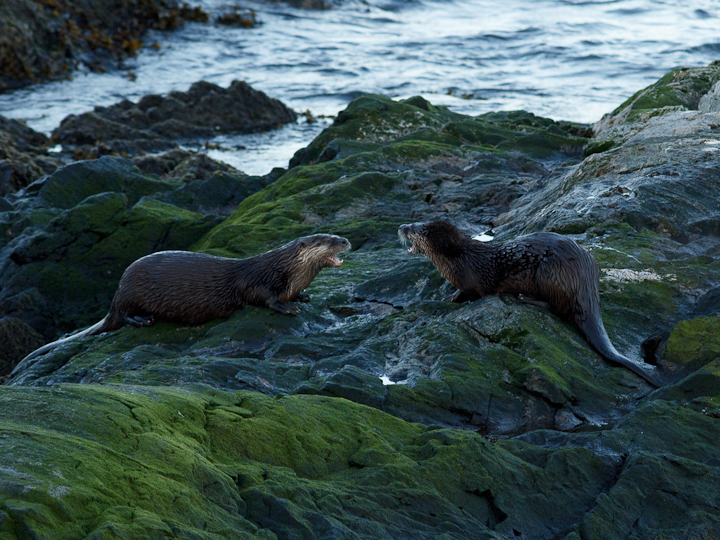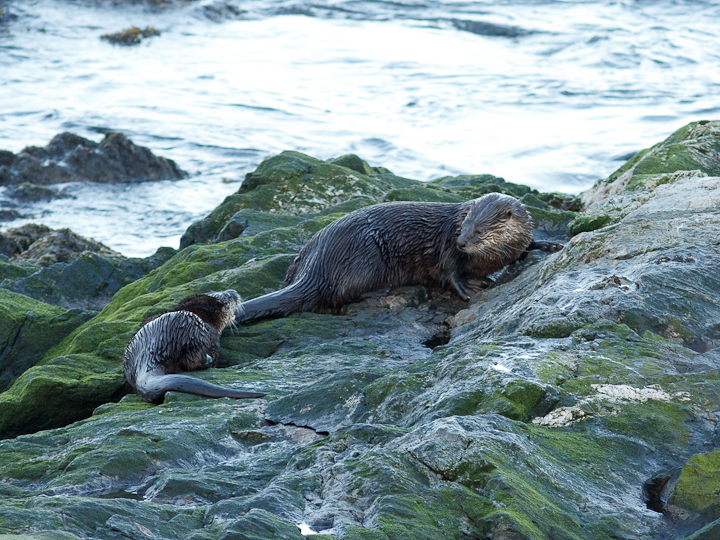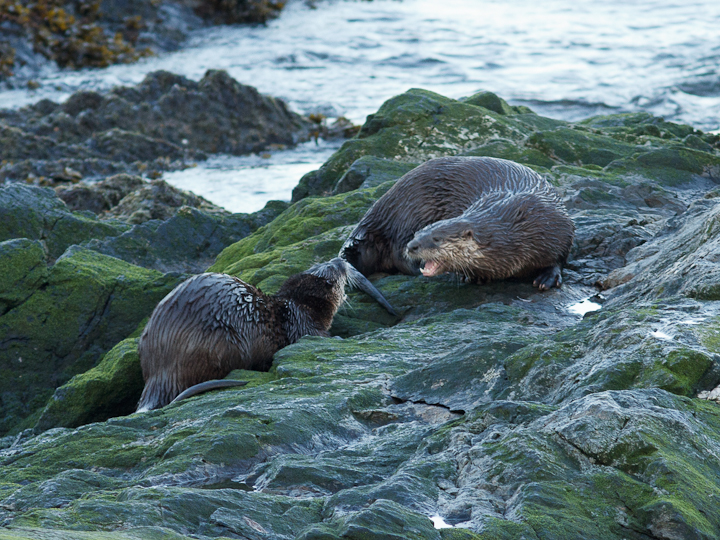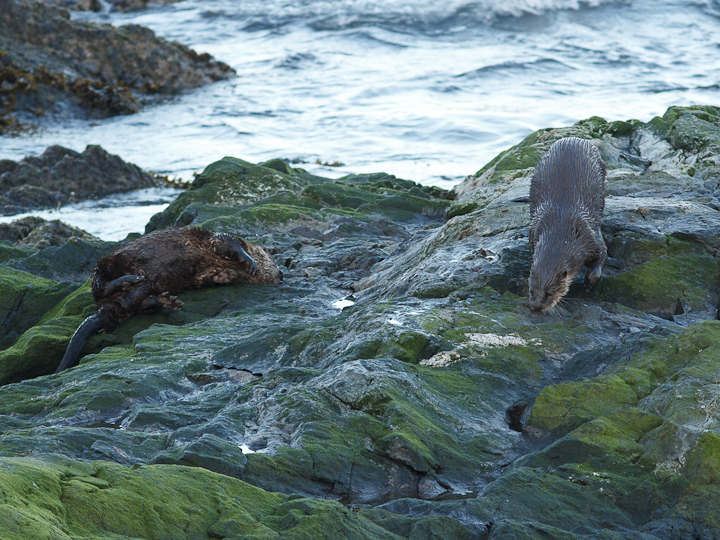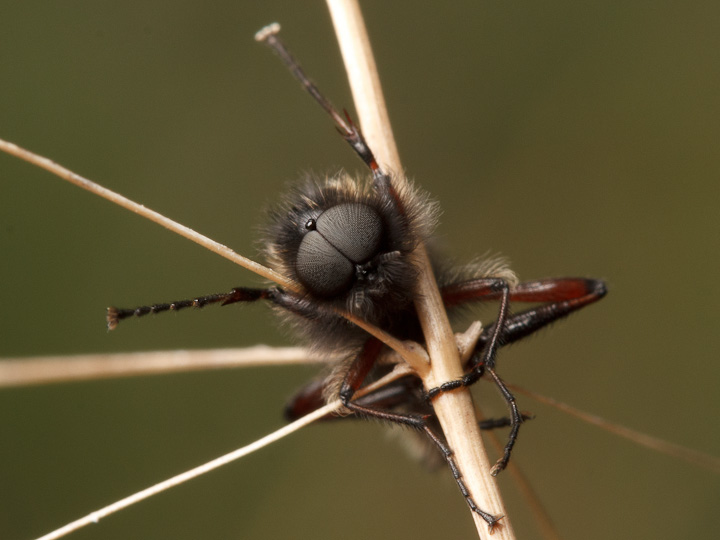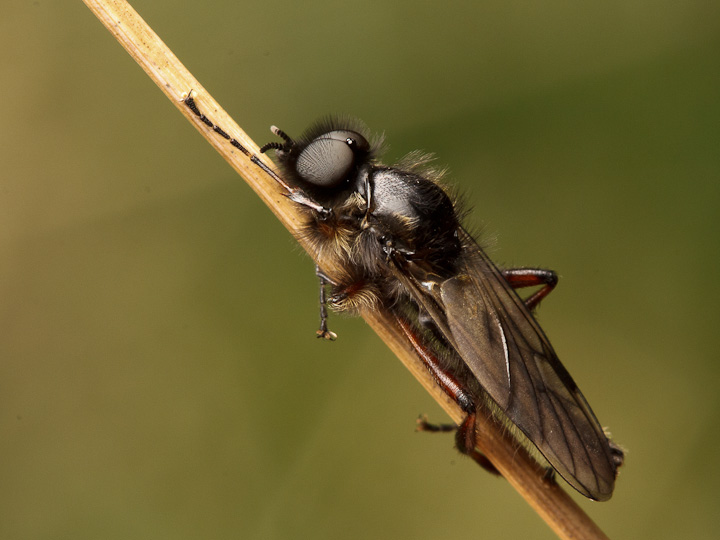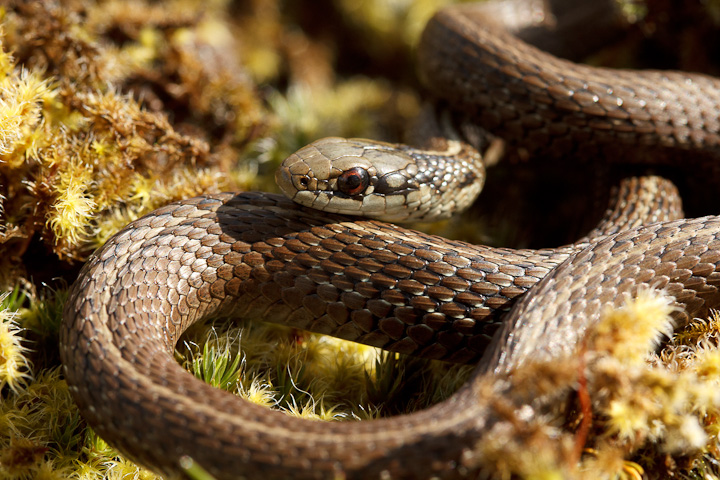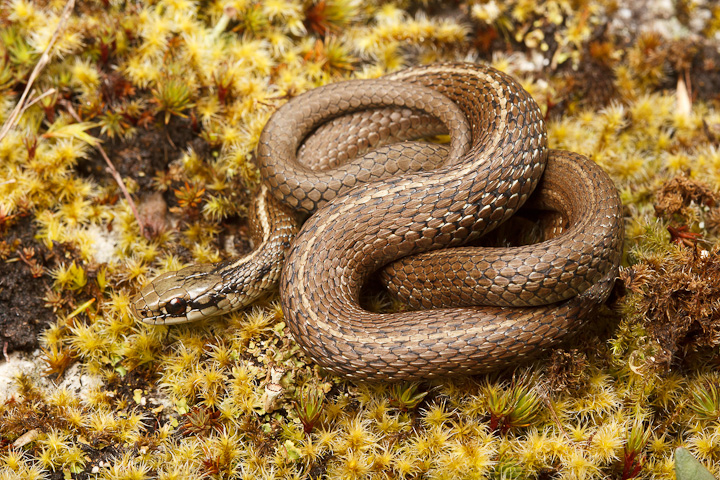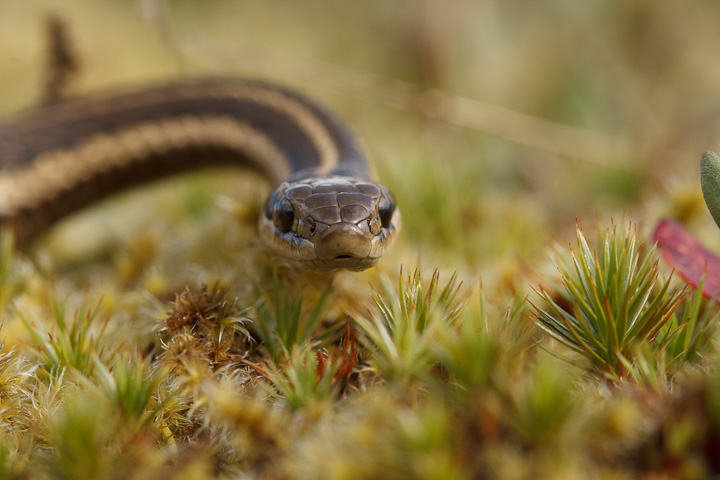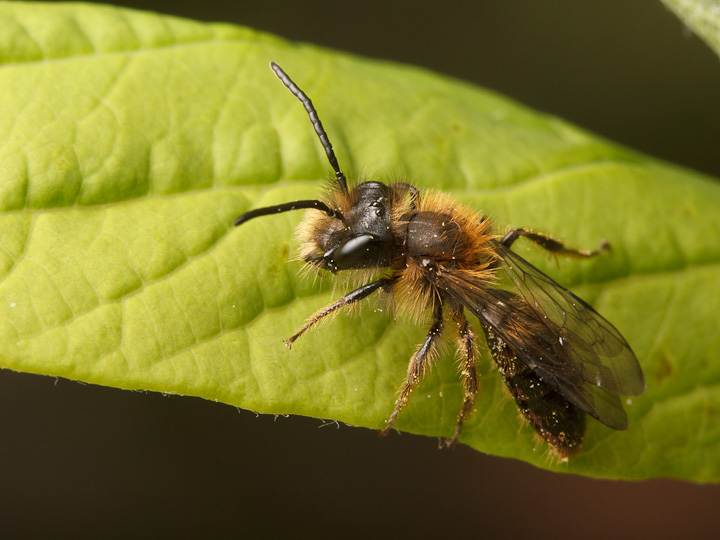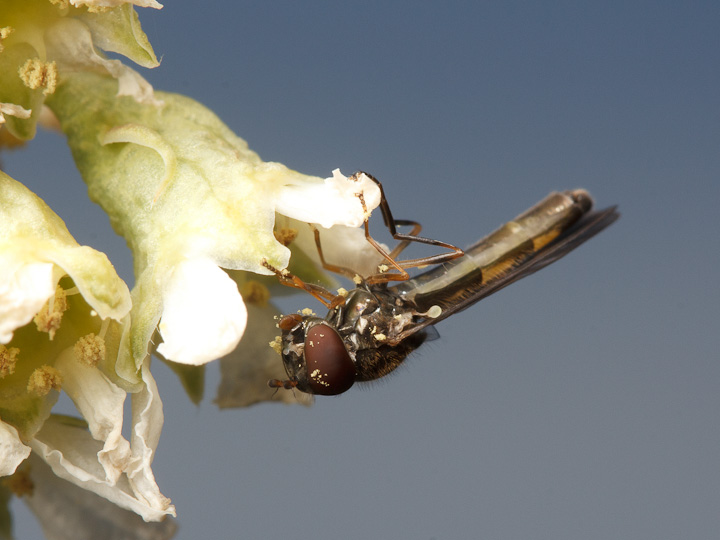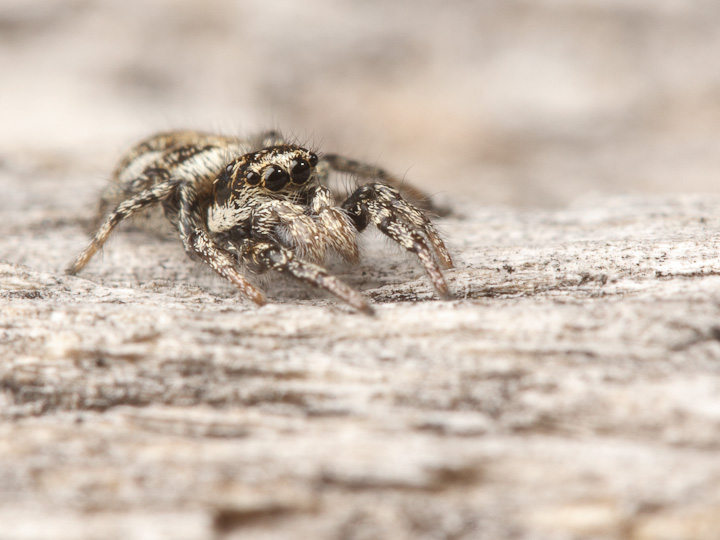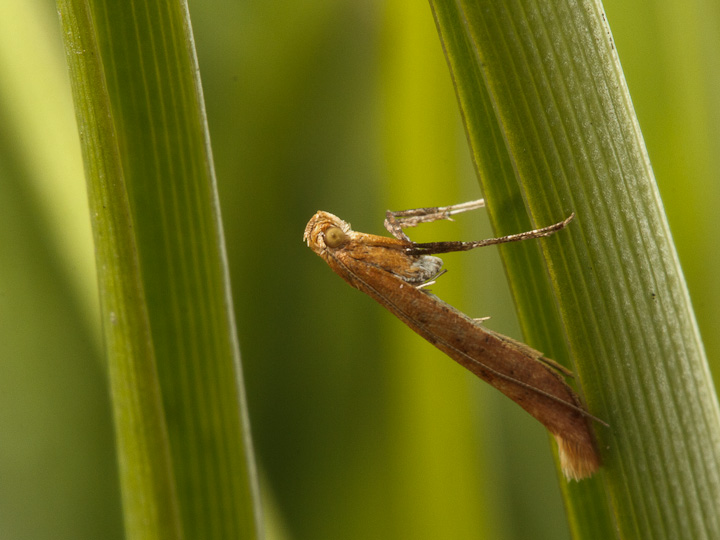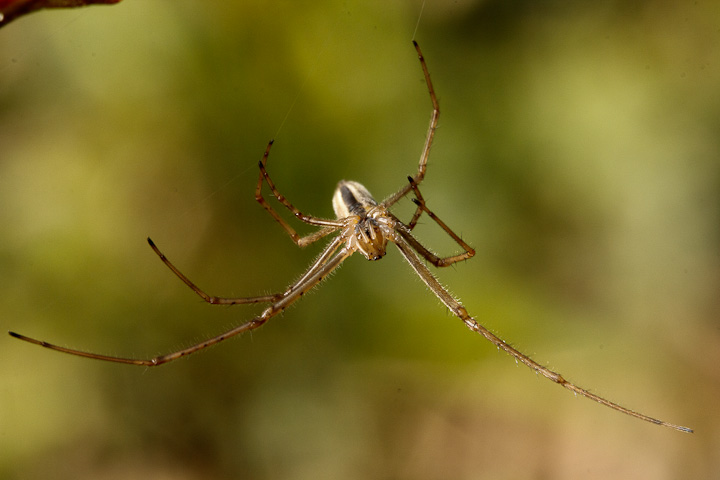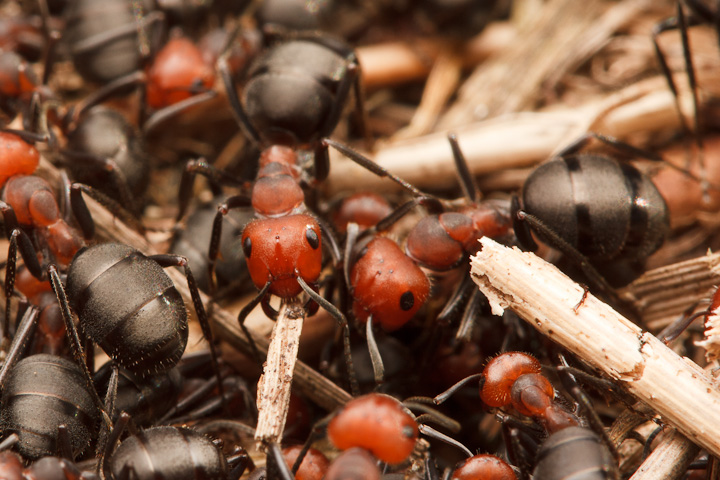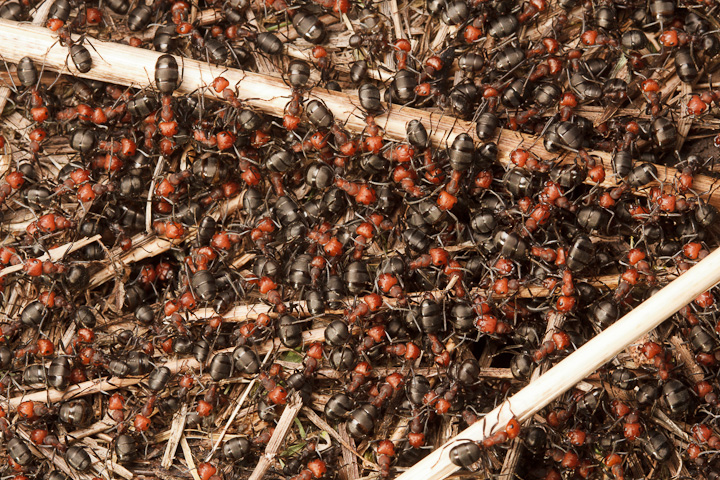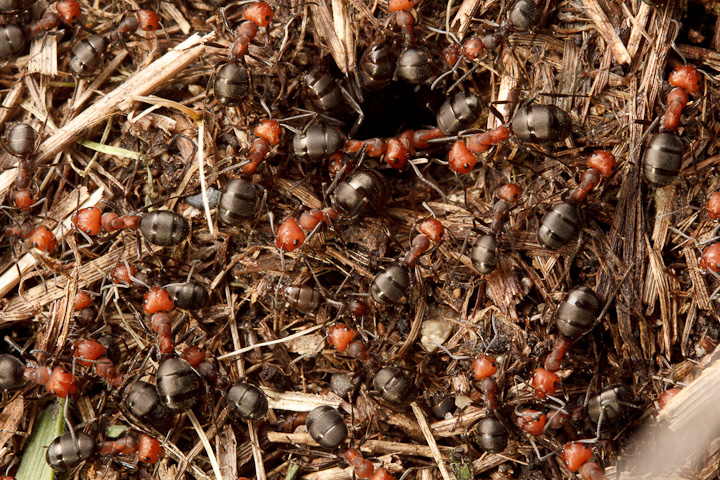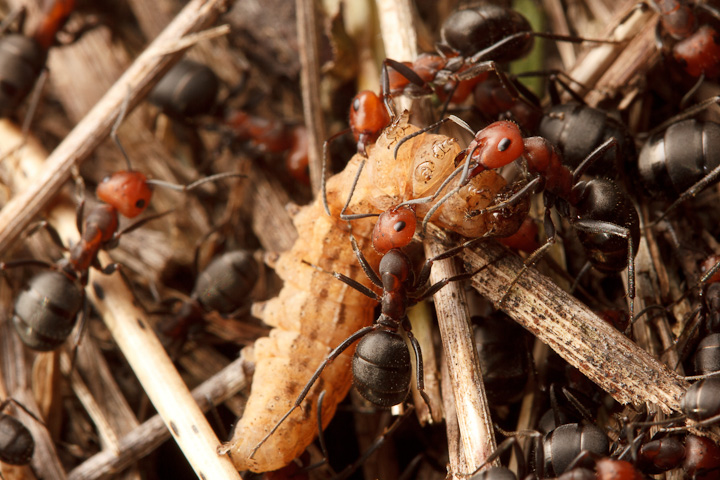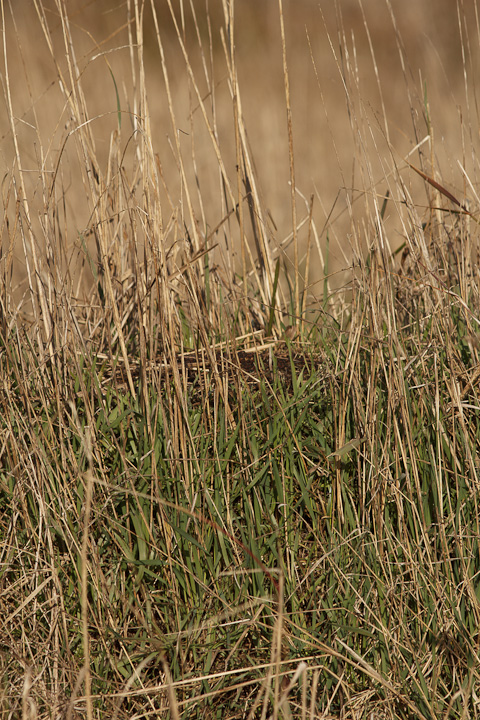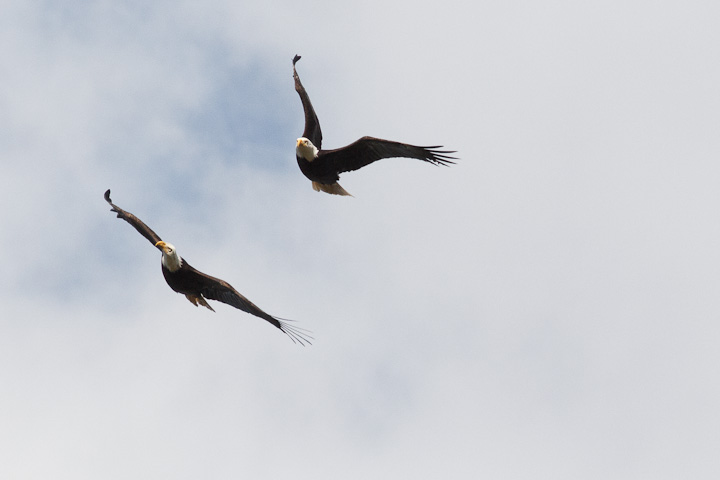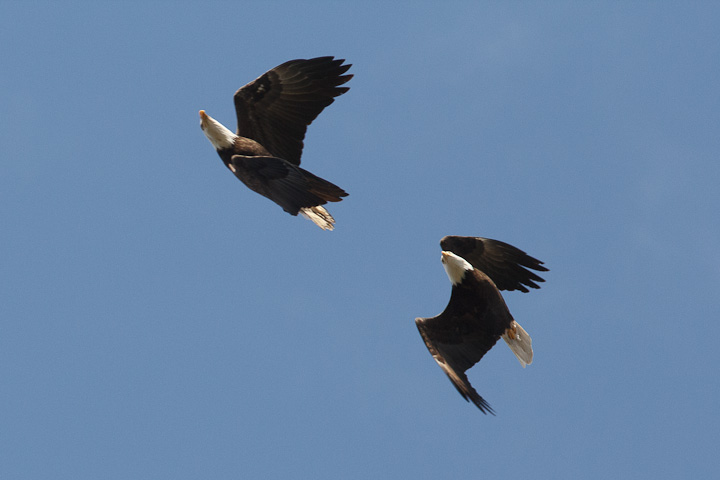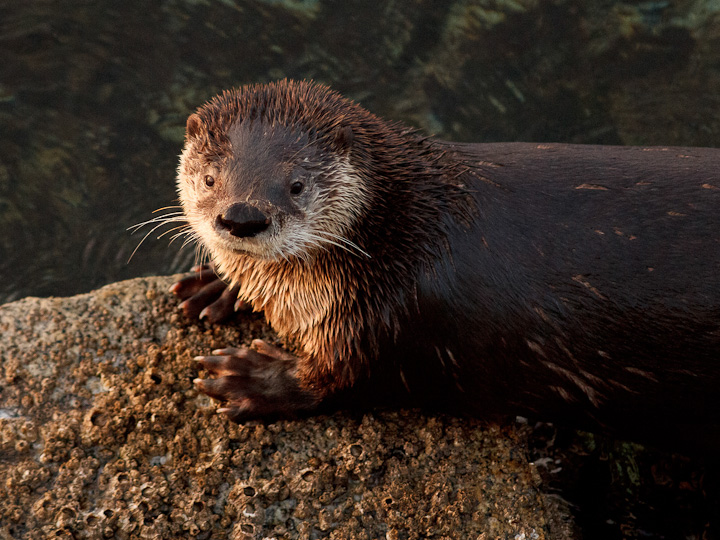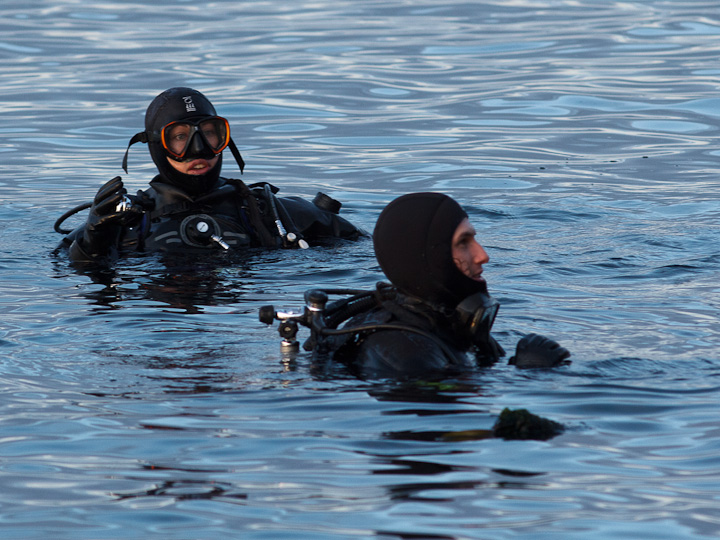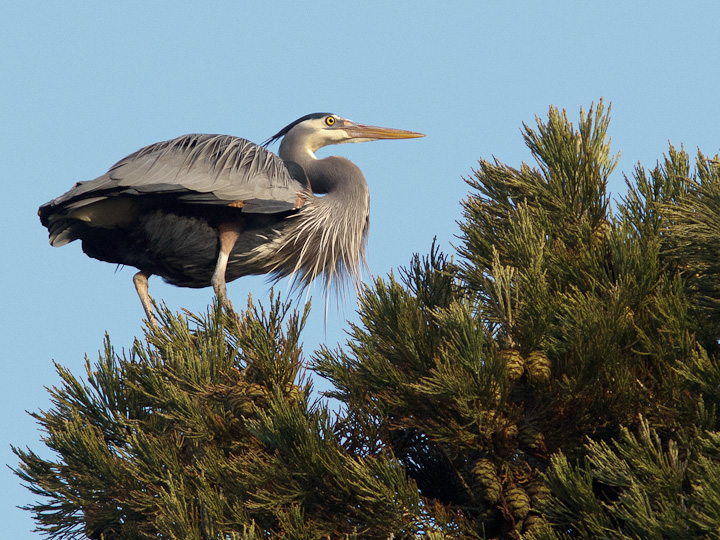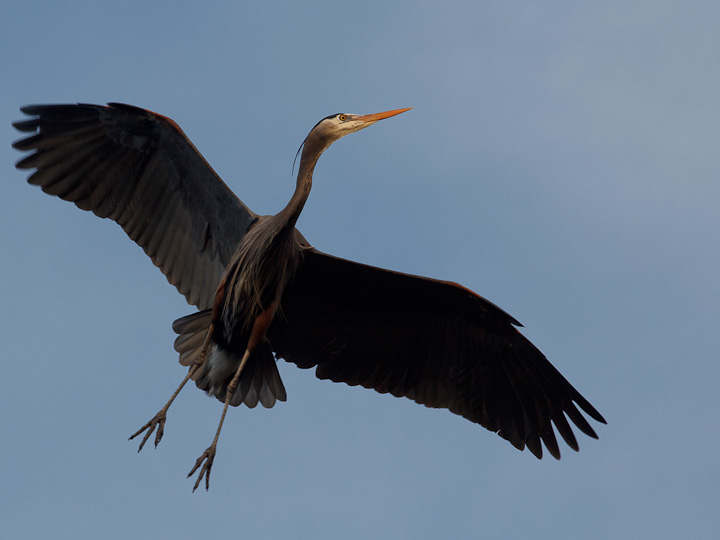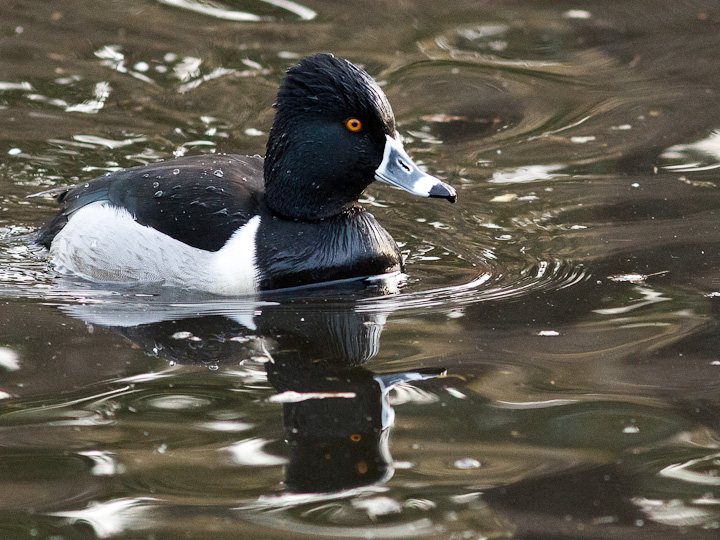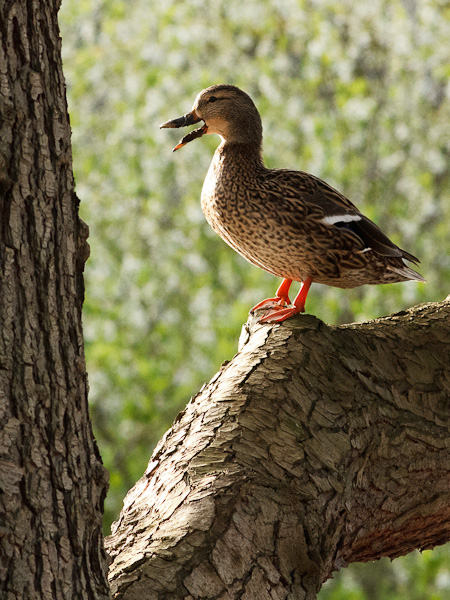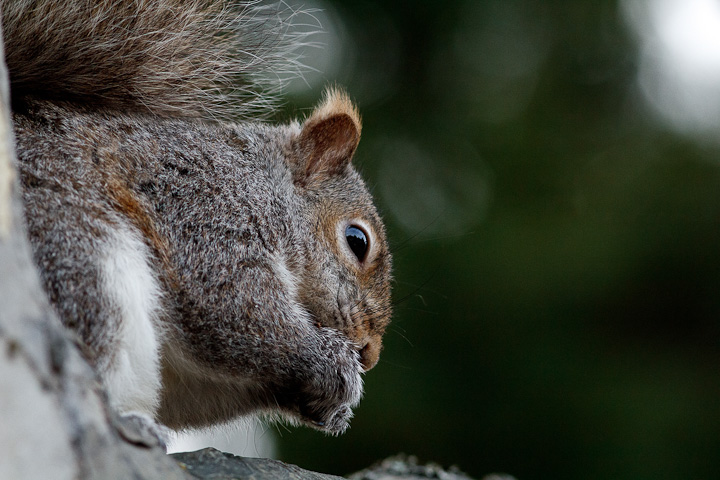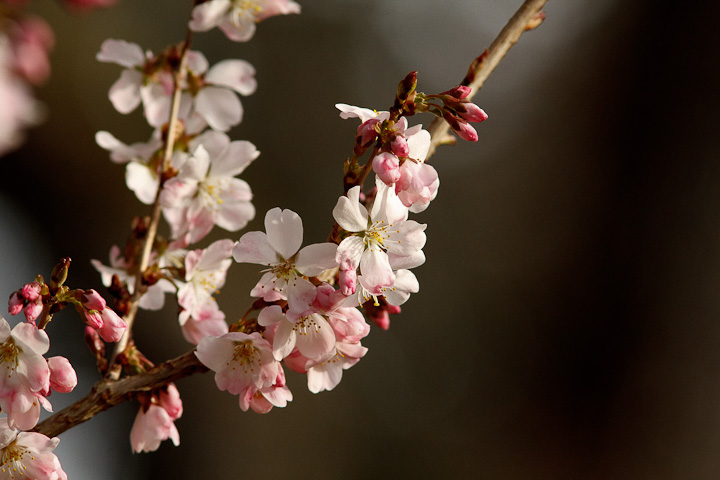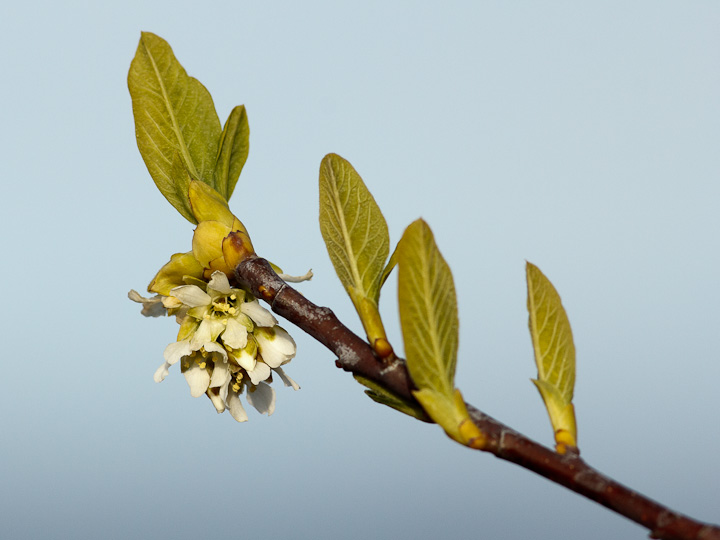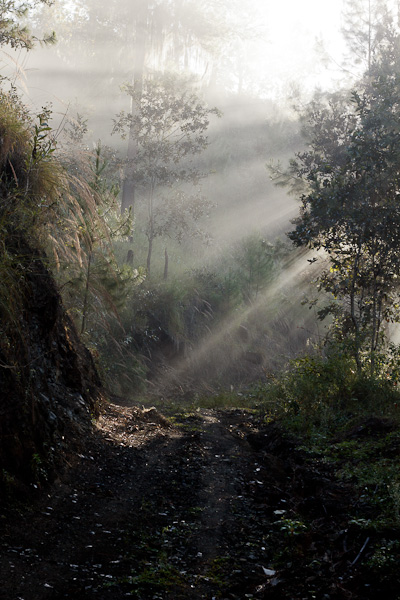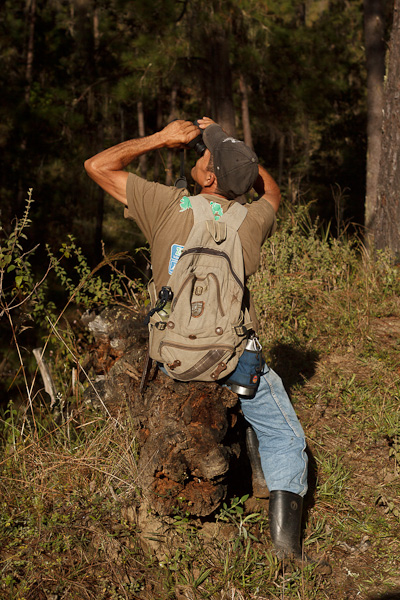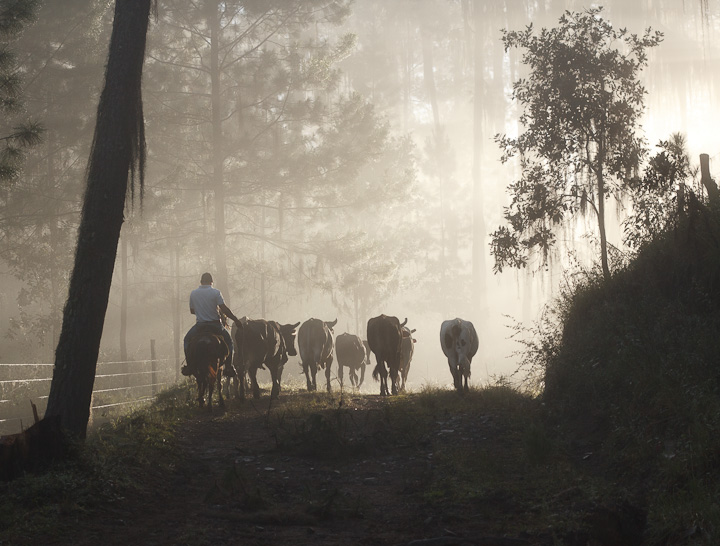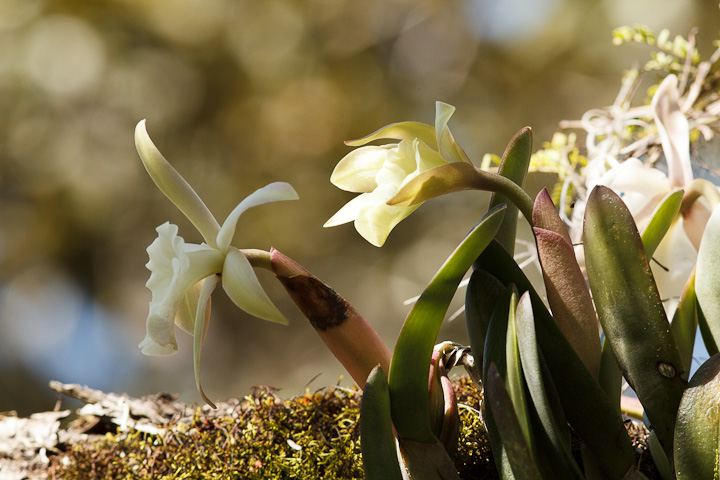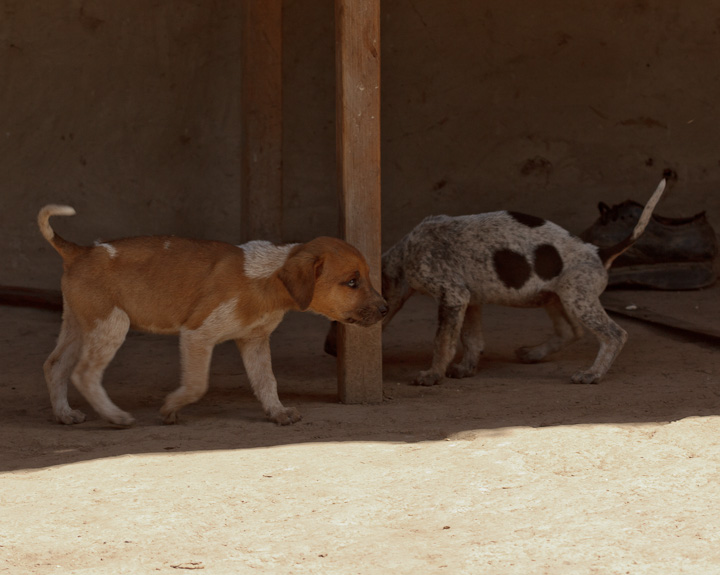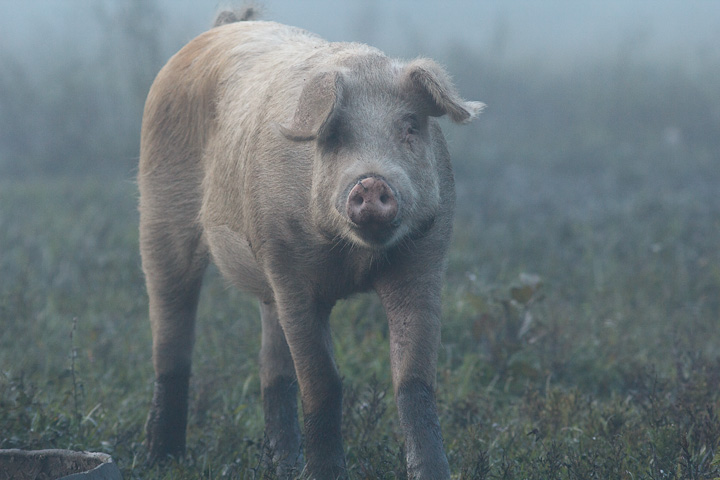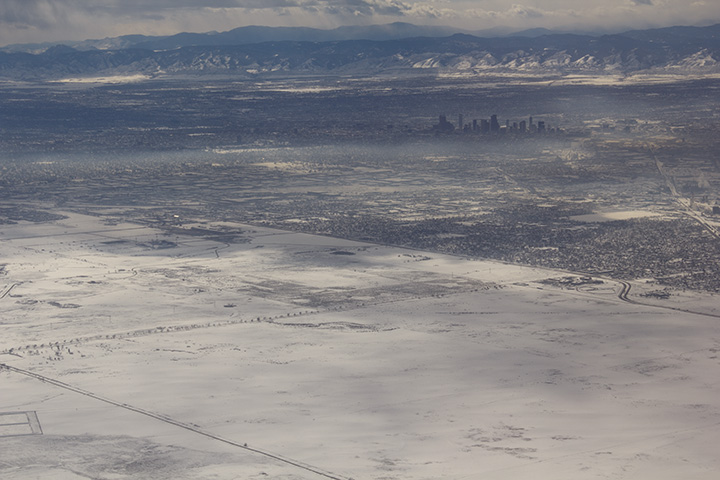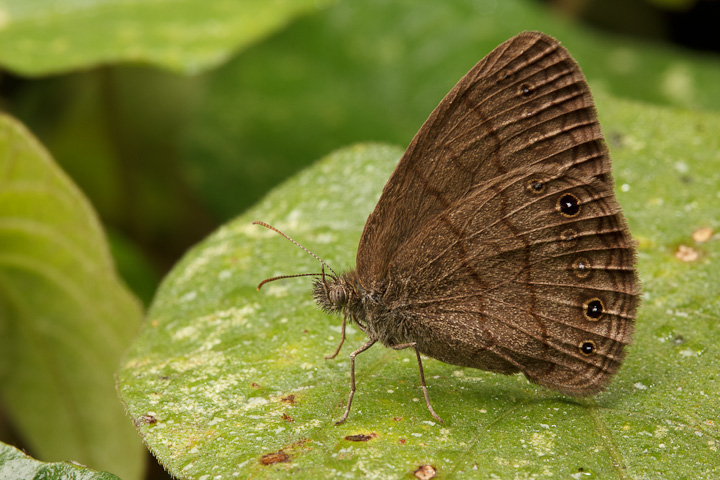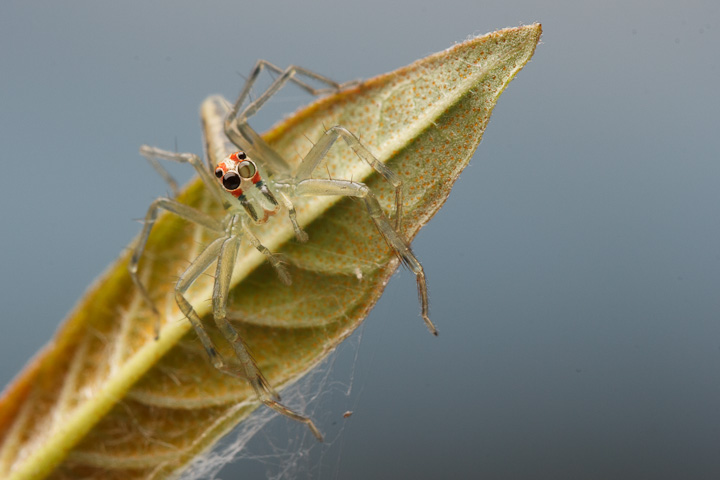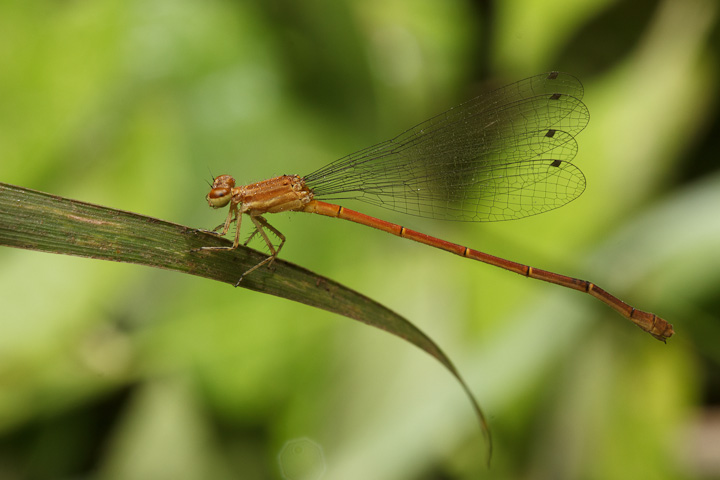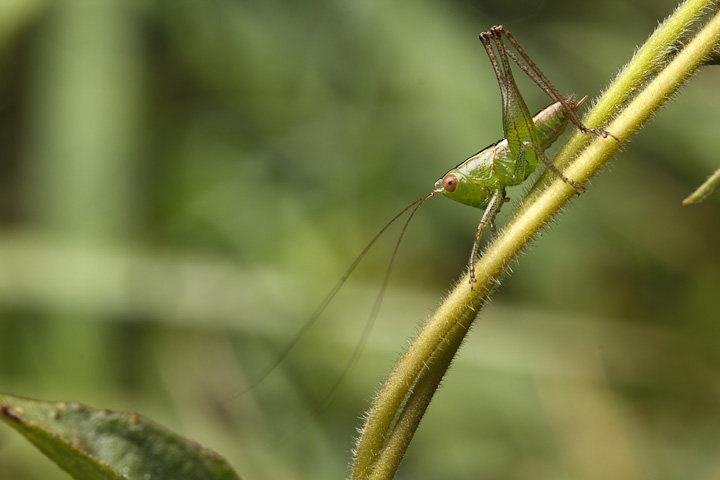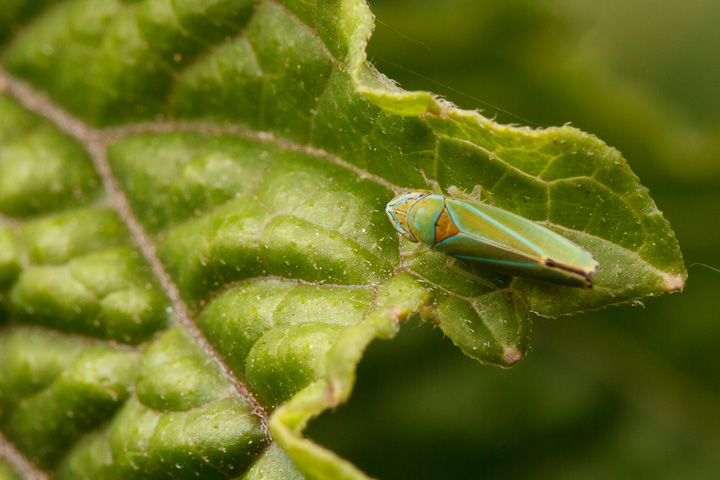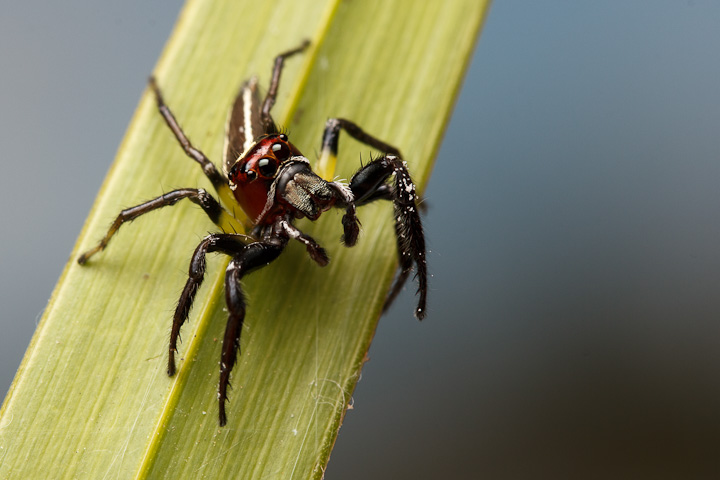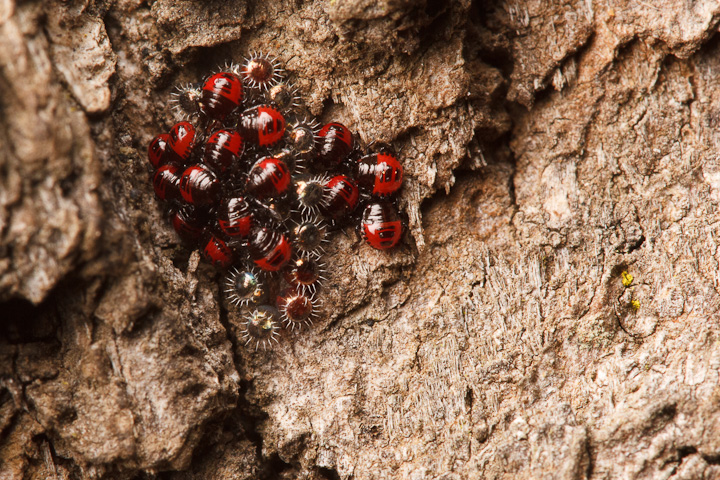
The last fieldtrip north of Gualaco to map out caracara habitats had a couple of interesting effects on our planning. The first was that Catherine injured her knee from all the walking over rough terrain, and found that last weekend she could barely walk around the apartment. This is not an ideal condition for fieldwork, and will require at least several weeks to heal.
The second thing we realized is just how difficult the terrain will be for doing VHF tracking of caracaras for home range estimation. From our interviews with the local people, it would seem that the caracaras’ range is upward of 6 square kilometres at minimum, and hence our daily tracking success will depend heavily on luck rather than getting good early bearings on our tagged birds. In addition, the initial capture is expected to be much more difficult, because of how long we will need to wait at a capture site before having any hope of seeing caracaras nearby.
All of these factors have led us to re-plan the fieldwork, such that we will return to Canada for several weeks, and return in mid-to late March for the onset of the breeding season. This will also allow us to finish writing tasks that we have had much difficulty with here (there is no power for computing out where we work). In our absence, Isidro Zuniga will continue a biweekly field program of searching out other caracara groups, and marking their locations for later attention.
The caracaras here in Honduras are at severely reduced levels. Whereas once they were very common, they are now so scarce that most people have not ever seen one. By way of example, last week we walked 54 kilometres, this week 56 km, and encountered caracaras but once. Over a similar distance in French Guiana, I would have expected to encounter caracaras 15-20 times. The birds here seem to have much much greater home range sizes than those in French Guiana, perhaps because they are unconstrained by the territoriality of neighbouring groups, or maybe because the density of food (social wasps) is much lower here. Either way, it makes for some difficult realities for fieldwork. Getting sufficient sample size for home range estimation using VHF radio tracking will be extremely difficult, if not impossible. It will certainly not take place over the optimistic schedule I had budgeted for this work.
So when we return, we would like to have in place some further funding to secure an alternative tracking technology, such as GPS or satellite tags; with these at least we could be reasonably sure to get some usable data. We will also focus on the nest monitoring phase of the study, assuming we can find some active nests. This is also expected to be physically demanding work, but at least with nest cameras other fieldwork can be pursued simultaneously.
I will write another post about what we did see on the second field trip, but for now we must concentrate on getting ready to go. Don’t worry, this is not the end, it is only the beginning.
